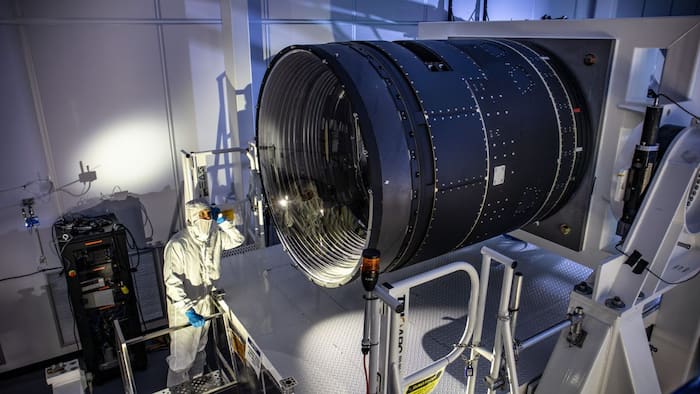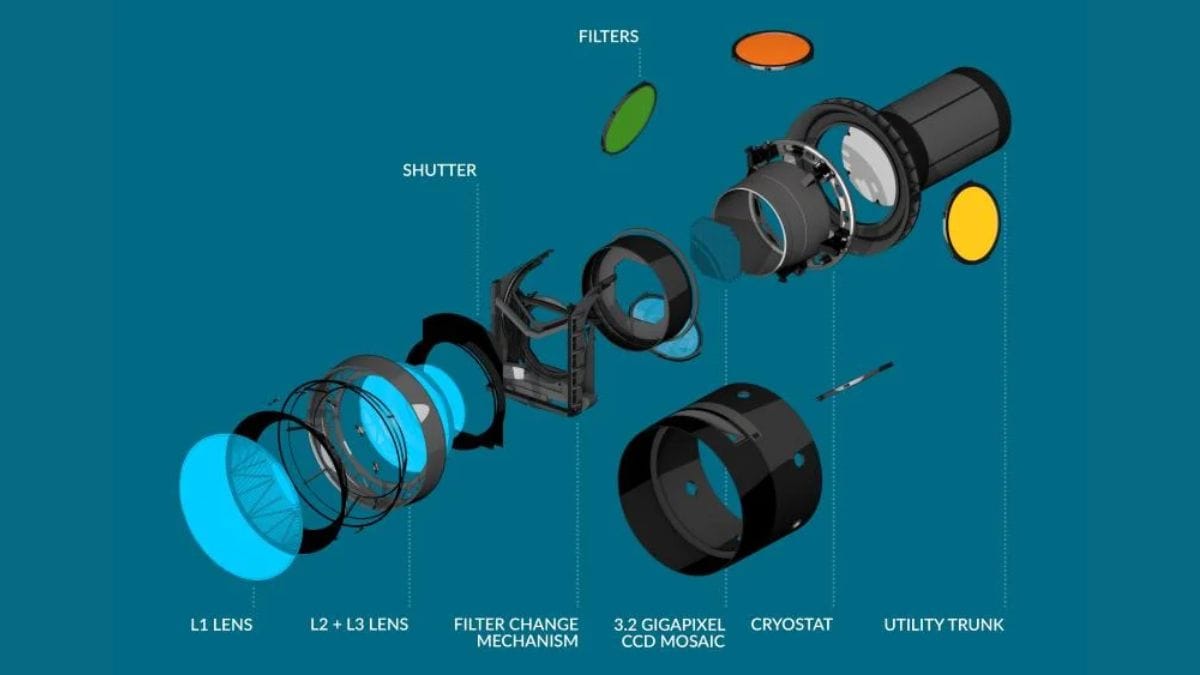
Written By Shubham Verma
Published By: Shubham Verma | Published: Apr 08, 2024, 05:30 PM (IST)


In what could be one of the biggest achievements in the astrophotography industry, the world’s largest digital camera is finally ready. With a whopping 3200MP sensor, this camera will film what the scientists, engineers, and researchers call “the greatest movie of all time.” This movie, essentially, refers to videos depicting various phenomena happening in outer space, some of which can potentially capture information about the nature of dark matter and dark energy. This camera, called the Legacy Survey of Space and Time (LSST), has been in development for the past two years at the Department of Energy’s SLAC National Accelerator Laboratory.
In a report published in Popular Science, the newly constructed 3200MP LSST camera will primarily focus on the survey of the solar system and the Milky Way galaxy. It will travel to the Vera C. Rubin Observatory, situated atop Cerro Pachon in Chile at an altitude of 8,900 feet, where it will be attached to the Simonyi Survey Telescope later this year to perform its job. According to SLAC professor and the deputy director and camera programme lead at Rubin Observatory, Aaron Roodman, the LSST camera will cover an extremely wide angle, which will help study stars and galaxies better. To give an example, he gave an example of capturing a golf ball from 15 miles away. The image, however, would be so wide that it would cover “a swatch of the sky seven times wider than the full moon.”
Here are the different components of the 3200MP LSST camera:
While a photo of a distant galaxy or stars close to the Earth will help scientists determine the structure of the universe better, the LST camera will be tasked to look for evidence of weak gravitational lensing — a phenomenon that takes place when the gravitational mass of a colossal galaxy bends light pathways from the galaxies behind it. Studying the recorded data will allow scientists to gain more knowledge on mass distribution across the universe. Astronomers could then utilise the resulting data to understand how dark energy impacts the universe’s expansion.